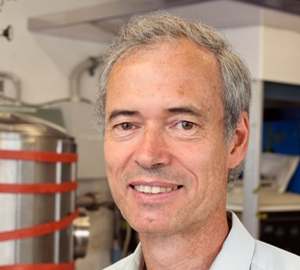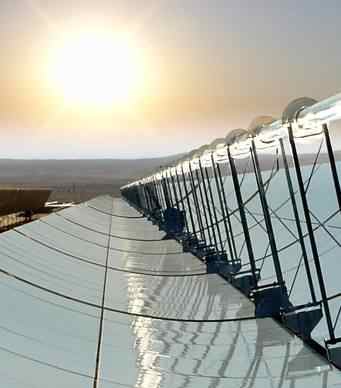 Solar engineers have developed an innovative method to dramatically improve the electrical efficiency of solar panels while also reducing the cost.
Solar engineers have developed an innovative method to dramatically improve the electrical efficiency of solar panels while also reducing the cost.
The team at University of New South Wales has discovered a mechanism to control the deficiencies in any lower grade silicon, which is by far the most expensive component in solar cells.
“The process makes lower-quality silicon outperform solar cells made from better-quality materials,” says Professor Stuart Wenham from the School of Photovoltaics and Renewable Energy Engineering at UNSW, the school which still holds the world-record for silicon cell efficiency at 25%.
Standard commercial silicon cells currently have a maximum efficiency of around 19%. The new technique, patented by UNSW researchers earlier this year, is expected to produce efficiencies between 21% and 23%, says Wenham.
The solar industry has long been focused on bringing down the cost of silicon. However, cheaper silicon also means lower-quality material, with more defects and contaminants that reduce efficiency.
It’s been known for several decades that hydrogen atoms can be introduced into the atomic structure of silicon to help correct these defects, but until now, researchers have had limited success in controlling the hydrogen to maximize its benefits or even understanding why this happens.
“Our research team at UNSW has worked out how to control the charge state of hydrogen atoms in silicon – something that other people haven’t previously been able to do,” says Wenham.
 Hydrogen atoms can exist in three ‘charge’ states – positive, neutral and negative. The charge state determines how well the hydrogen can move around the silicon and its reactivity, which is important to help correct the defects.
Hydrogen atoms can exist in three ‘charge’ states – positive, neutral and negative. The charge state determines how well the hydrogen can move around the silicon and its reactivity, which is important to help correct the defects.
“We have seen a 10,000 times improvement in the mobility of the hydrogen and we can control the hydrogen so it chemically bonds to things like defects and contaminants, making these inactive,” says Wenham.
The UNSW team currently has eight industry partners interested in commercializing the technology, and is also working with manufacturing equipment companies to implement the new capabilities.
The project, which has been generously supported by the Australian Renewable Energy Agency, is expected to be completed in 2016.
Source: UNSW



















